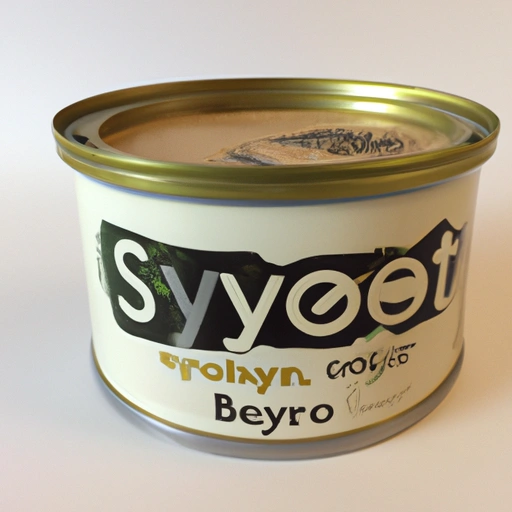Soy Margarine
Description

Soy margarine is a non-dairy spread used as an alternative to butter. It's made from a blend of soybean oil and other vegetable oils, emulsifiers, salts, and often, added color and flavor. This plant-based substitute replicates the creamy texture and richness of traditional butter, making it a popular choice for those following vegan, dairy-free, or lactose-intolerant diets. With varying consistencies available, from spreadable to sticks, soy margarine can be measured in tablespoons (tbsp), cups (c), ounces (oz), or grams (g) to suit recipes from different culinary traditions.
Common uses
Soy margarine is commonly used as a spread for bread, toast, and sandwiches, and as a general-purpose cooking and baking fat. It melts and behaves similarly to butter, making it an easy-to-use substitute in most culinary applications.
Nutritional value
Calories
Typically, a tablespoon (about 14 grams) of soy margarine contains around 100 calories (418 kilojoules).
Protein
Soy margarine provides a small amount of protein, approximately 0.1 grams per tablespoon.
Fat
The fat content in soy margarine can vary, but it generally has about 11 grams of fat per tablespoon, comprising a mix of saturated and unsaturated fats.
Carbohydrates
Carbohydrates in soy margarine are minimal, usually less than 0.1 grams per tablespoon.
Vitamins
Soy margarine is often fortified with vitamins A and D, similar to the levels found in butter.
Minerals
It contains trace amounts of minerals such as calcium and potassium.
Health benefits
Soy margarine can contribute to a heart-healthy diet due to its higher content of unsaturated fats compared to butter. Being plant-based, it's also cholesterol-free and can be rich in essential fatty acids like linoleic acid.
Potential risks
Some soy margarines contain trans fats, which are associated with an increased risk of heart disease. Additionally, people with soy allergies should avoid it, and those concerned about genetically modified organisms (GMOs) should look for non-GMO labeled products.
Common recipes
Soy margarine can be used in baking recipes like cookies, cakes, and pie crusts, as well as in creamy sauces, sautés, and as a base for vegan buttercream frosting.
Cooking methods
It can be melted, creamed, or simply spread at room temperature, making it versatile in various cooking methods, including frying and grilling.
Pairing with other ingredients
Soy margarine pairs well with a variety of foods, including bread, vegetables, pasta, and rice. It can also be used to enhance the flavor of vegan and vegetarian dishes.
Summary
Soy margarine is a widely accepted butter substitute with versatile uses in global cuisine. It accommodates various dietary needs and contributes unsaturated fats to the diet. Although it offers certain health benefits, consumers should be mindful of the potential inclusion of trans fats and GMOs in some products.